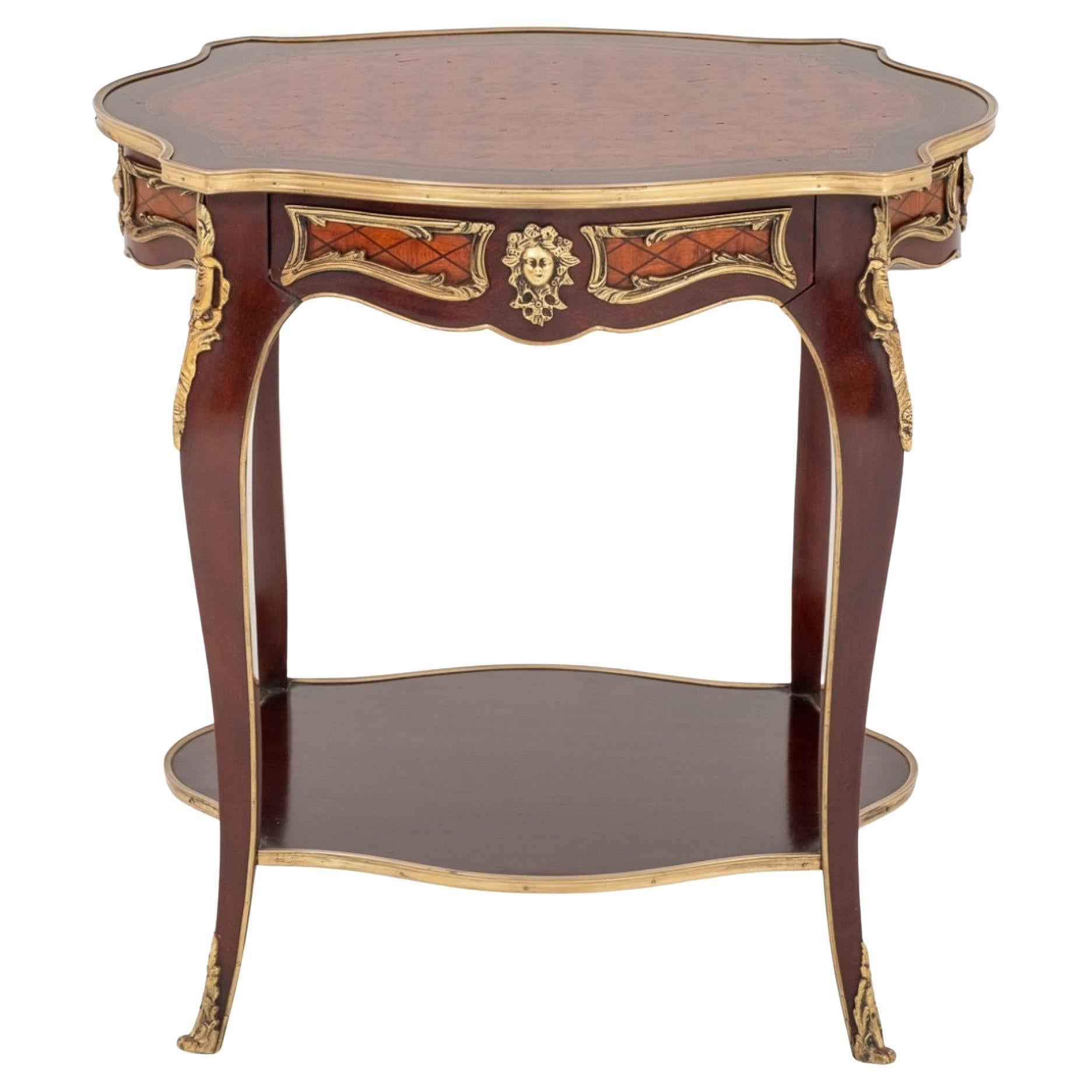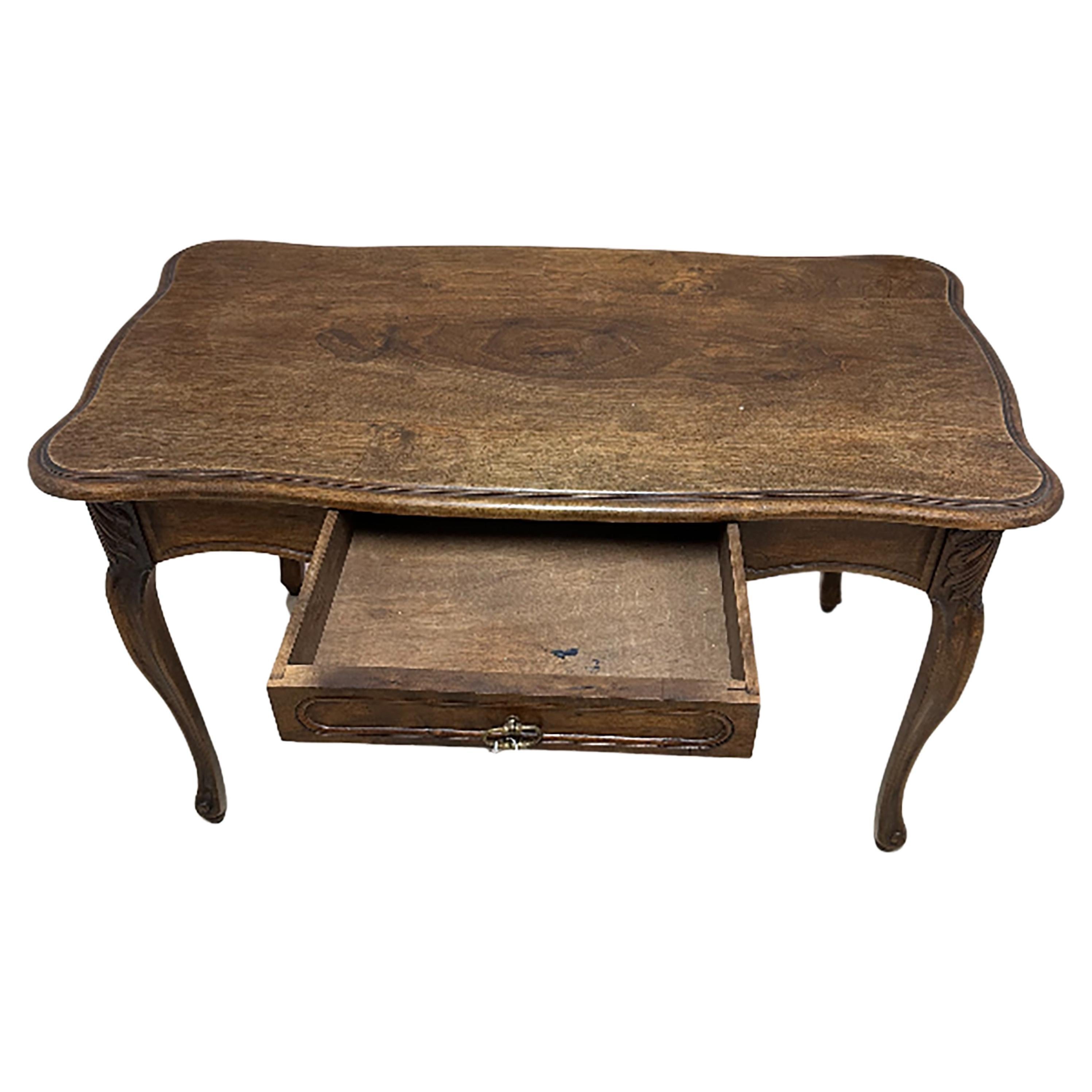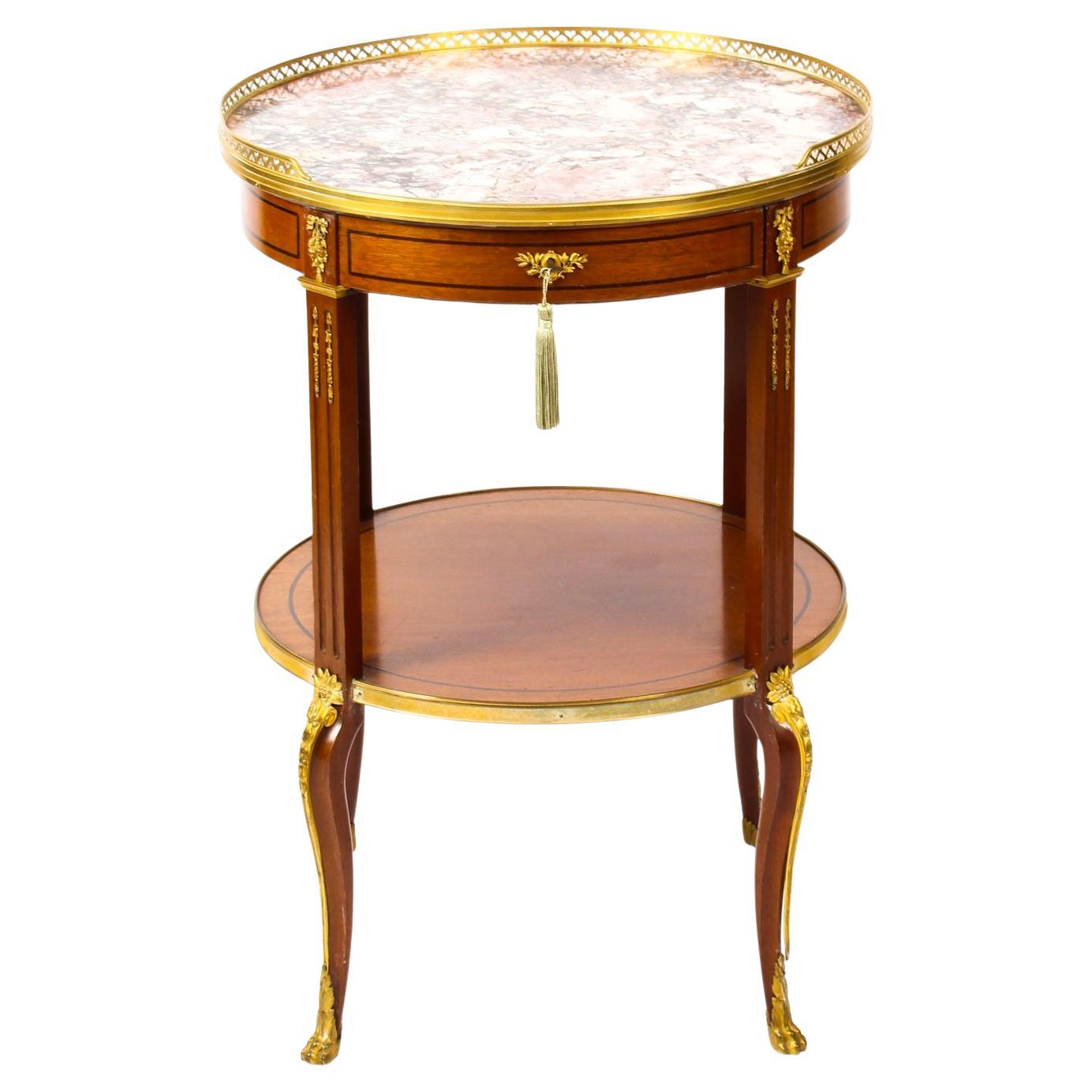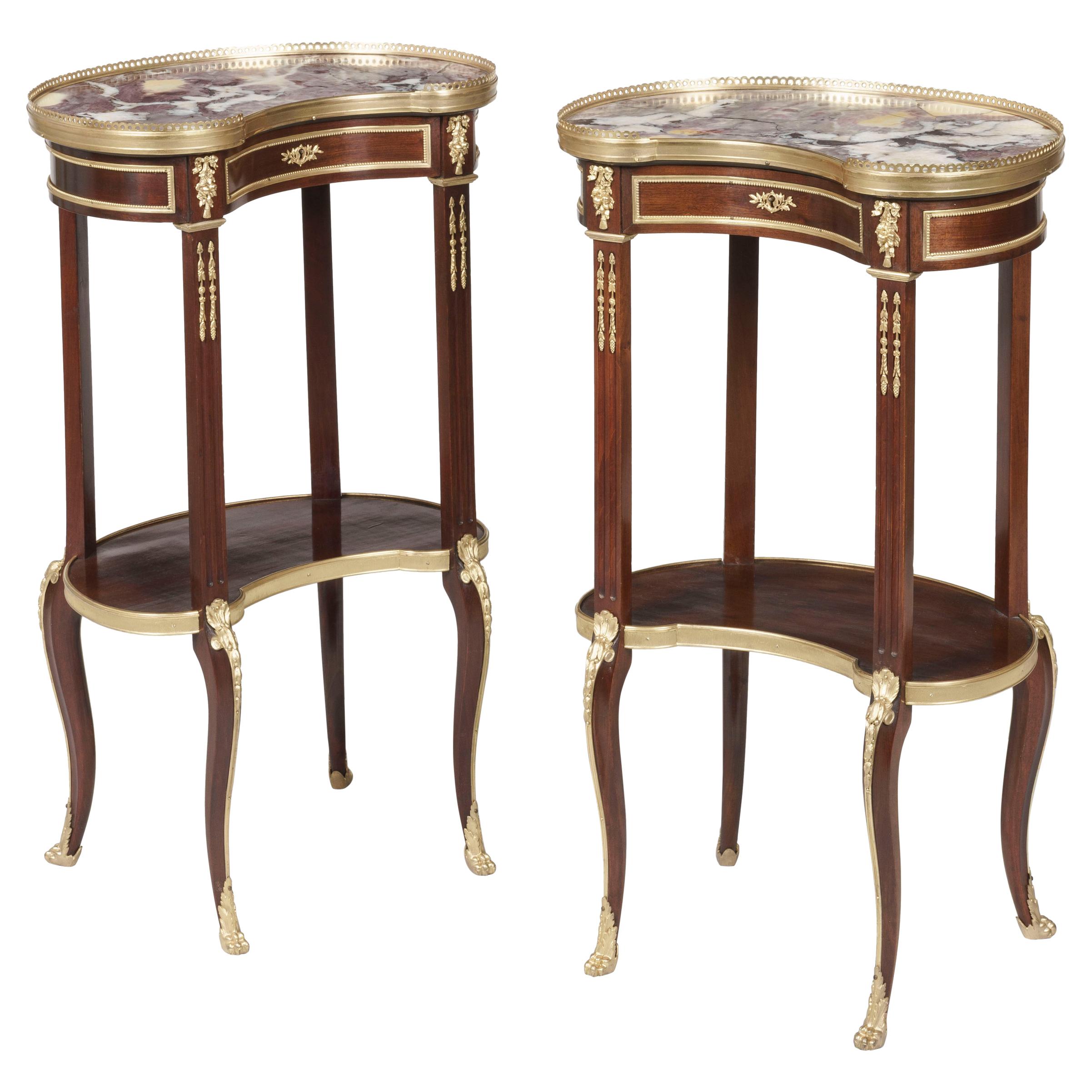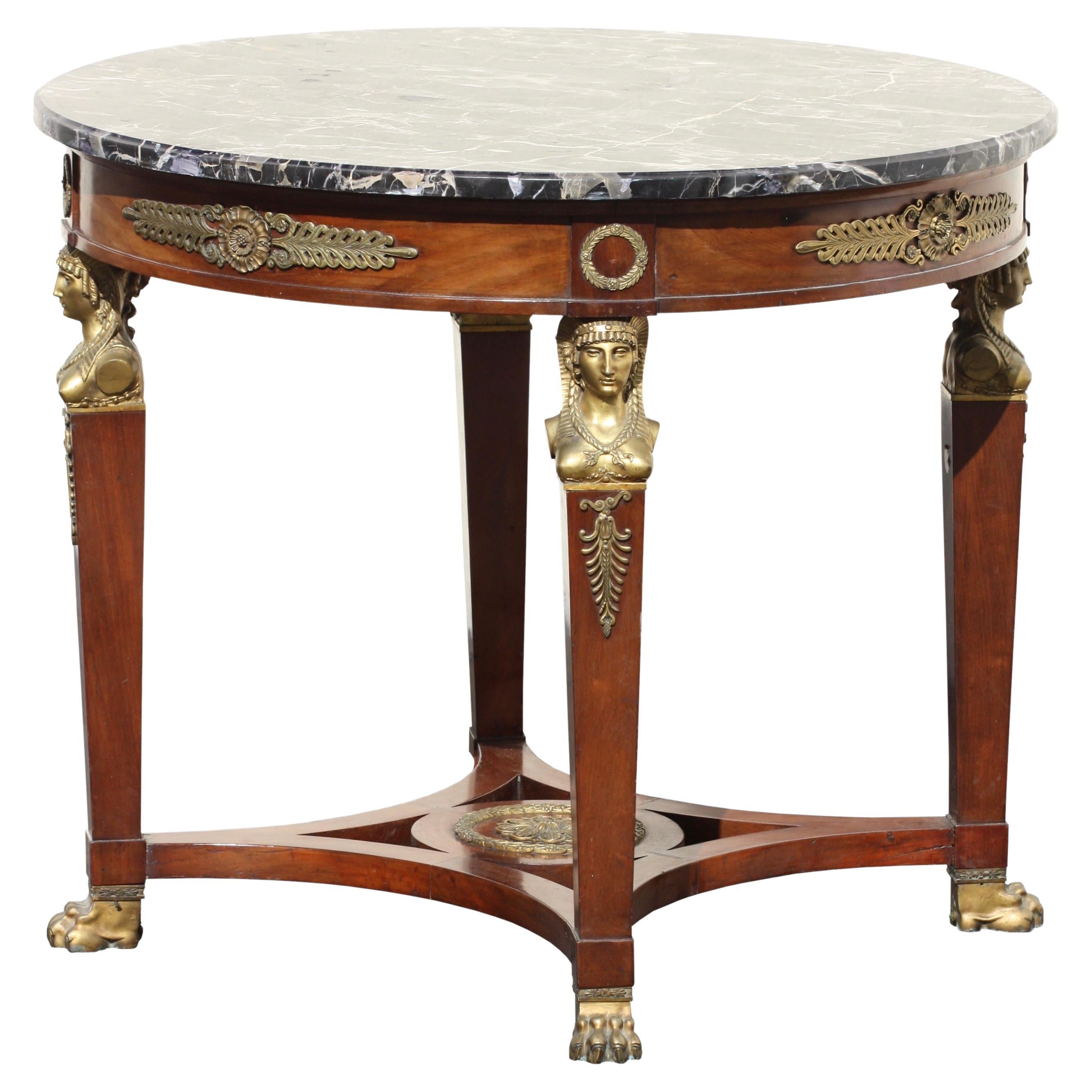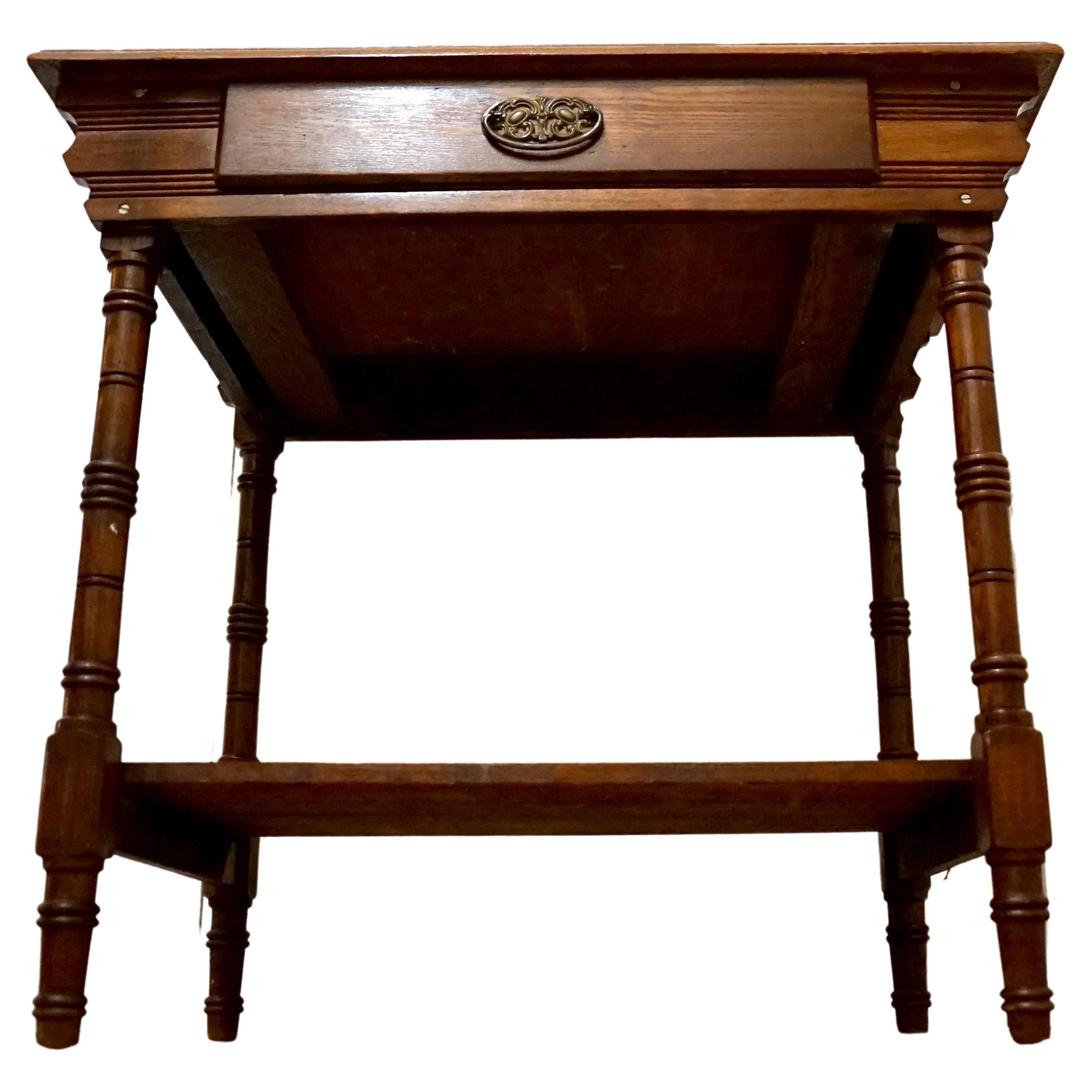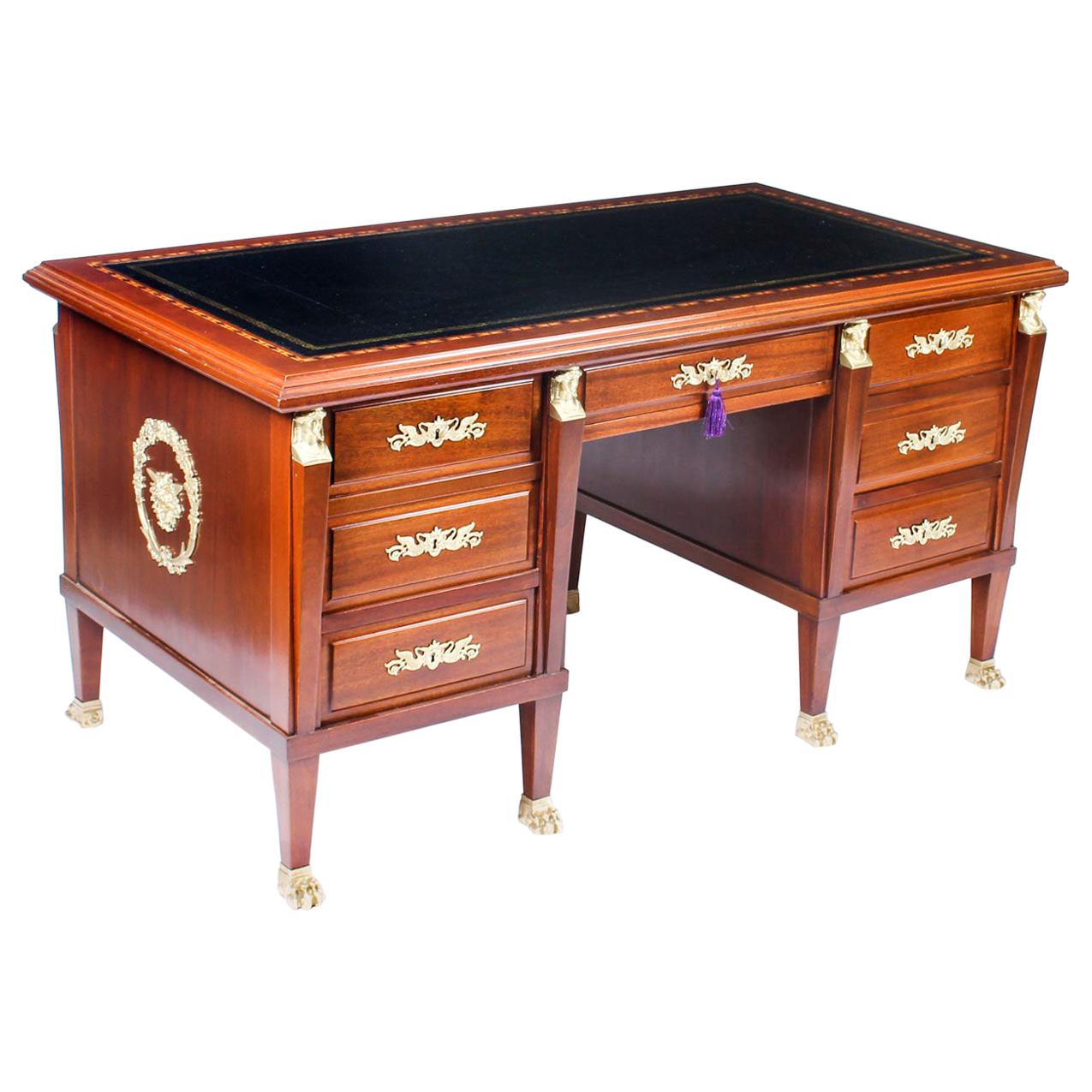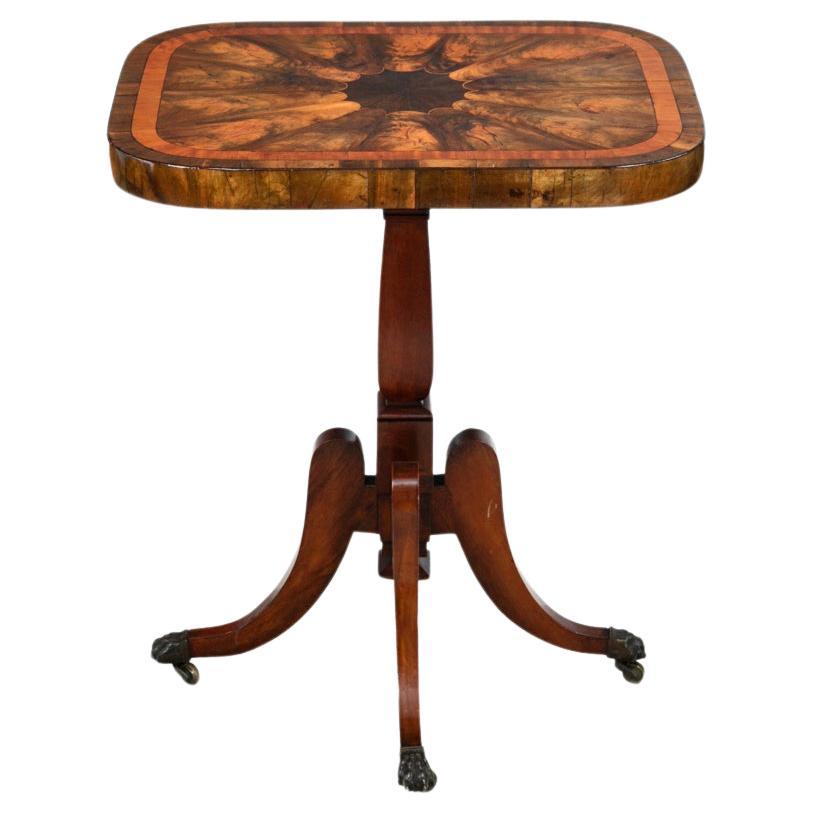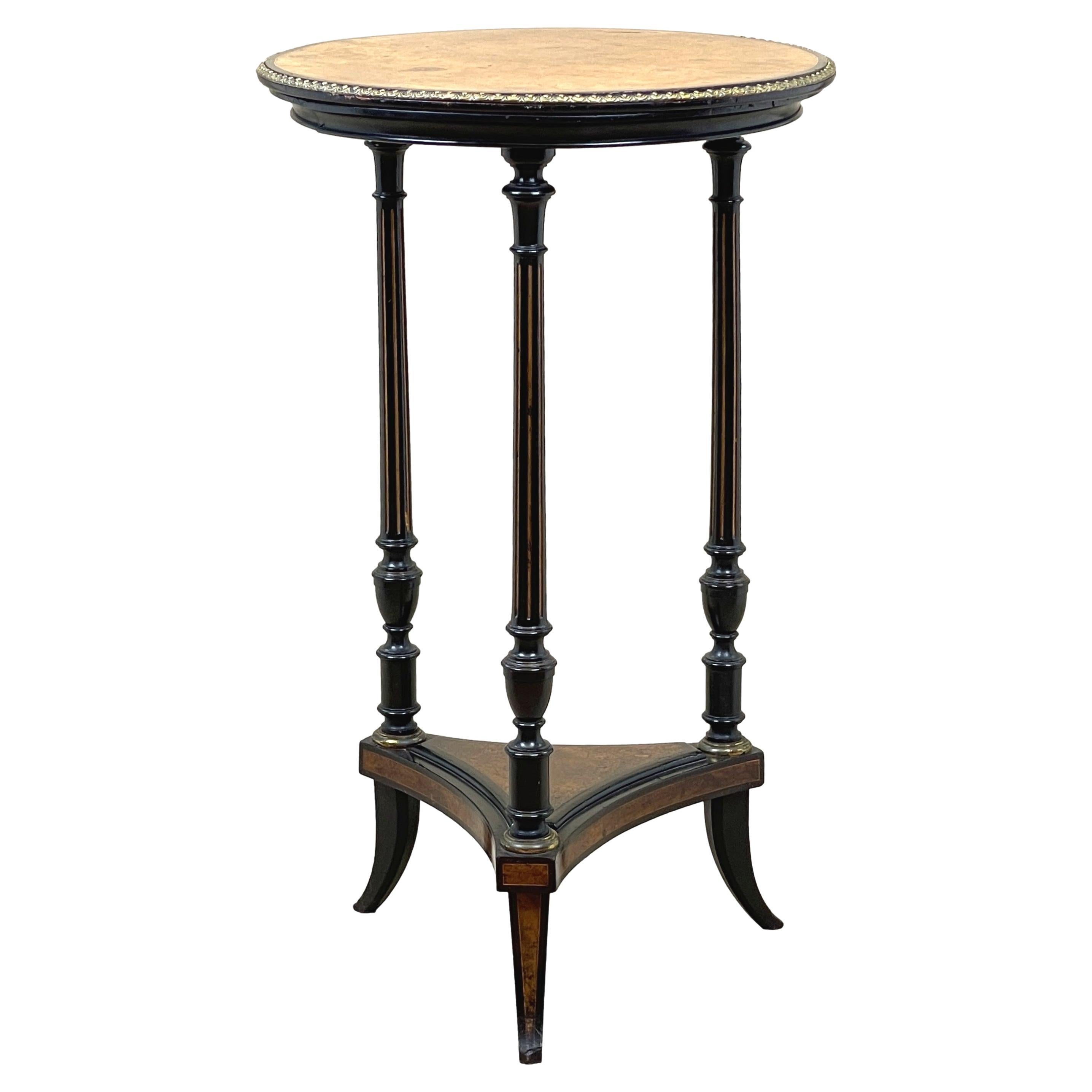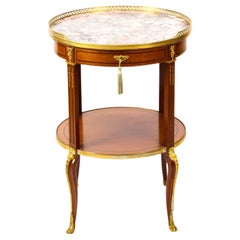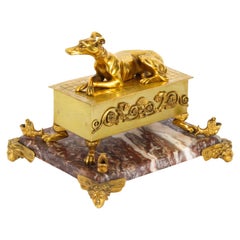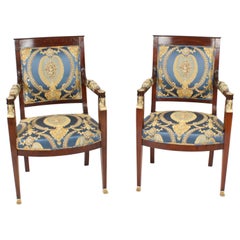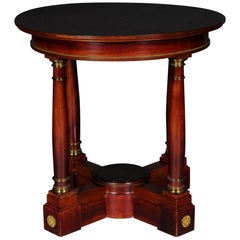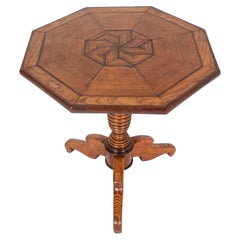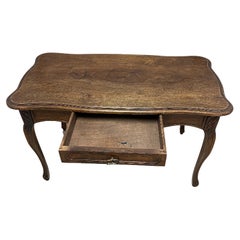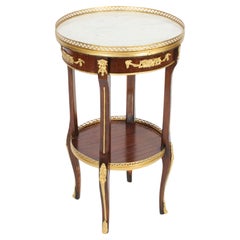
Antique French Empire Marble & Ormolu Occasional Table, 19th Century
View Similar Items
Want more images or videos?
Request additional images or videos from the seller
1 of 19
Antique French Empire Marble & Ormolu Occasional Table, 19th Century
$2,011.98List Price
About the Item
- Dimensions:Height: 30.71 in (78 cm)Width: 17.72 in (45 cm)Depth: 17.72 in (45 cm)
- Style:Empire Revival (In the Style Of)
- Materials and Techniques:Mahogany,Marble,Ormolu
- Place of Origin:France
- Period:1880-1889
- Date of Manufacture:circa 1880
- Condition:
- Seller Location:London, GB
- Reference Number:Seller: A32721stDibs: LU950634104332
About the Seller
5.0
Platinum Seller
Premium sellers with a 4.7+ rating and 24-hour response times
Established in 1983
1stDibs seller since 2012
1,369 sales on 1stDibs
Typical response time: 1 hour
Associations
LAPADA - The Association of Arts & Antiques Dealers
Authenticity Guarantee
In the unlikely event there’s an issue with an item’s authenticity, contact us within 1 year for a full refund. DetailsMoney-Back Guarantee
If your item is not as described, is damaged in transit, or does not arrive, contact us within 7 days for a full refund. Details24-Hour Cancellation
You have a 24-hour grace period in which to reconsider your purchase, with no questions asked.Vetted Professional Sellers
Our world-class sellers must adhere to strict standards for service and quality, maintaining the integrity of our listings.Price-Match Guarantee
If you find that a seller listed the same item for a lower price elsewhere, we’ll match it.Trusted Global Delivery
Our best-in-class carrier network provides specialized shipping options worldwide, including custom delivery.More From This Seller
View AllAntique French Louis Revival Marble & Ormolu Occasional Table 19th Century
Located in London, GB
This is a beautiful antique French Louis Revival circular centre table with ornate ormolu decoration typical of the Louis XIV period, circa 1870 in date.
The inset marble top has a ...
Category
Antique 1870s Revival Side Tables
Materials
Ormolu
Antique French Ormolu & Marble Casket 19th Century
Located in London, GB
This is a fine antique French Empire Revival ormolu and patinated marble casket, circa 1820 in date.
Of rectangular form decorated with a central sculp...
Category
Antique 1820s French Empire Revival Animal Sculptures
Materials
Marble, Ormolu
Antique French Empire Revival Ormolu Mounted Desk, 19th Century
Located in London, GB
This is an exquisite French Empire Revival pedestal desk, circa 1880 in date.
This desk has been beautifully crafted from flame mahogany. The top has a striking gold tooled black leather inset writing surface which has a decorative geometric inlaid satinwood and ebony border around it.
It features beautifully cast gilded Ormolu mounts including angels, pharaonic herms above paw feet and swan escutcheons. It is further enhanced with male masks wearing nemes headress's on the sides, making it an incredibly imposing and impressive item of furniture.
The desk features seven drawers for maximum storage, it is freestanding with a beautifully panelled back and comes complete with the original working locks and keys.
This desk will soon become the centrepiece of your furniture collection, there is no mistaking the sophisticated quality and design and it is certain to enhance the style and elegance of any living area, bedroom, or reception.
THE BOTANICAL NAME FOR THE MAHOGANY THAT THIS ITEM IS MADE OF IS SWIETENIA MACROPHYLLA AND THIS TYPE OF MAHOGANY IS NOT SUBJECT TO CITES REGULATION AND DOES NOT CONTAIN ANY RESTRICTED MATERIALS.
Condition:
In excellent condition having been beautifully cleaned, French polished, waxed and releathered in our workshops, please see photos for confirmation.
Dimensions in cm:
Height 76 x width 150 x depth 80
Dimensions in inches:
Height 29.9 x width 59.1 x depth 31.5
Empire style,
is an early 19th century design movement in architecture, furniture, other decorative arts, and the visual arts followed in Europe and America until circa 1830.
The style originated in and takes its name from the rule of Napoleon I in the First French Empire, where it was intended to idealize Napoleon's leadership and the French state. The style corresponds to the Biedermeier style in the German-speaking lands, Federal style in the United States and to the Regency style in Britain. The previous style was called Louis XVI style, in France.
The Empire style was based on aspects of the Roman Empire. It is the second phase of neoclassicism which is also called "Directoire", after a government system.
Furniture typically had symbols and ornaments borrowed from the glorious ancient Greek and Roman empires.
The furniture was made from heavy woods such as mahogany and ebony, imported from the colonies, with dark finishes often with decorative bronze mounts. Marble tops were popular as were Egyptian motifs like sphinxes, griffins, urns and eagles and the Napoleonic symbols, the eagle, the bee, the initials "I" and a large "N."
Gilded bronze (ormolu) details displayed a high level of craftsmanship.
Flame mahogany
Thomas Sheraton - 18th century furniture designer, once characterized mahogany as "best suited to furniture where strength is demanded as well as a wood that works...
Category
Antique 1880s French Empire Revival Desks and Writing Tables
Materials
Ormolu
Antique Pair French Empire Revival Ormolu Mounted Armchairs 19th Century
Located in London, GB
This is a fantastic and highly decorative antique pair of French gilt bronze mounted Empire Revival fauteuil armchairs, circa 1870 in date.
They have been crafted from fabulous sol...
Category
Antique 1870s French Empire Revival Armchairs
Materials
Mahogany
Antique French Louis Revival Marqutry Ormolu Occasional Table 19th Century
Located in London, GB
This is a beautiful antique French Louis Revival marquetry and ormolu mounted walnut and king wood serpentine side table, circa 1850 in date.
The beautiful shaped marquetry top is ...
Category
Antique 1850s French Revival Side Tables
Materials
Ormolu
Antique French Ormolu & Marble Double Encrier Inkstand Standish 19th Century
Located in London, GB
This is a wonderful antique French Empire Revival ormolu mounted and patinated Verde Antico marble inkstand, Circa 1870 in date.
Of rectangular form with a pair of raised inkwells h...
Category
Antique 1870s English Empire Revival Animal Sculptures
Materials
Ormolu
You May Also Like
French Empire Occasional Table, Kingwood Ormolu Antique
Located in Potters Bar, GB
Pretty mahogany French occasional table.
circa 1920
Having typical French swept Legs with pretty cast brass toes.
One mahogany lined drawer, an undertray and a pretty Parquet Top....
Category
Vintage 1920s Tables
Materials
Mahogany
19th Century Empire Salon Table, 1890
Located in Berlin, DE
Solid wood, mahogany veneer. Slightly round cover plate on four columns. Frame covered with pearl edge. X-shaped, profiled base. Extremely high-quality, gilded chased bronze applicat...
Category
Antique Late 19th Century French Empire Revival Tables
Materials
Bronze
19th Century French Occasional Table
Located in Poole, GB
19th Century French oak occasional table with an unusual segmented, octagonal, inlaid top with nice geometric design, and banding to the edges. Supported by a turned stem with a trip...
Category
Antique Mid-19th Century French Tables
Materials
Oak
19th Century French occasional table
Located in Dallas, TX
An elegantly simple 19th century French occasional table in the Louis XV style. Hand made with solid wood. Walnut brown finish. Th...
Category
Antique 19th Century Louis XV Tables
Materials
Wood
19th Century Pair of French Ormolu-Mounted Kidney-Shaped Occasional Tables
Located in London, GB
A pair of ormolu-mounted tables Ambulates
In the transitional style
The tables of kidney-shape and veneered with fine mahogany, supported on cabriole legs with lion's paw sabots ...
Category
Antique 19th Century French Louis XVI Side Tables
Materials
Marble, Ormolu
Empire Style Ormolu-Mounted Mahogany Marble Top Center Table, Late 19th Century
Located in West Palm Beach, FL
An Empire style ormolu-mounted mahogany marble top center table, late 19th century.
The circular portoro marble top above a frieze applied with anthemia, rosettes and laurel wreaths, raised square tapered legs each headed by a female Egyptian bust...
Category
Antique 19th Century Console Tables
Materials
Bronze
Recently Viewed
View AllMore Ways To Browse
Medical Table
Brass Eagle Sculpture
White Eagle Sculpture
Antique Bronze Griffin
Stone Sphinx
Large Stone Eagle
Roman Thomas Table
Column Trajan
Stone Griffin
American Federal Sheraton
Antique Medical Tables
Large Brass Eagle Sculpture
Sheraton 2 Drawer Stand
Brass Bee Sculpture
Used Hitchcock Furniture
Verde Antico Marble
Yellow Wrought Iron
18th Century American Painting
